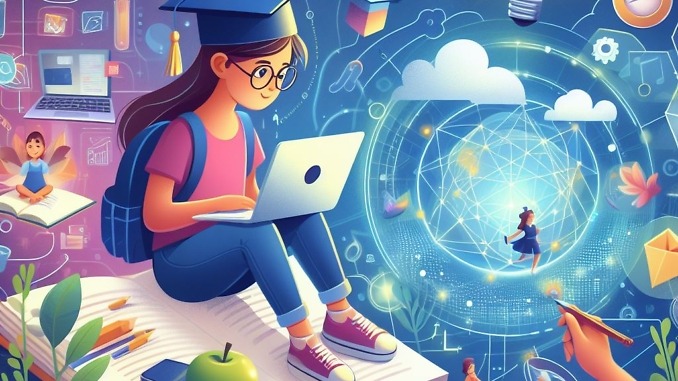
Introduction:
In today’s digital age, proficiency in navigating digital tools and technologies is paramount for success in both educational and professional realms. This article delves into the importance of cultivating digital competencies and the transformative impact they have on individuals and organizations alike.
Understanding Digital Competencies
Defining Digital Literacy
Digital literacy encompasses the ability to effectively utilize digital tools and technologies to access, evaluate, and create information.
Navigating Digital Citizenship
Digital citizenship involves responsible and ethical use of digital platforms, fostering safe and respectful online interactions.
Embracing Technological Fluency
Technological fluency entails a deep understanding of digital systems and the ability to adapt to evolving technologies seamlessly.
Fostering Information Literacy
Information literacy equips individuals with the skills to critically evaluate and discern the credibility of digital information sources.
The Impact of Digital Competencies
Empowering Learning and Growth
Digital competencies empower learners to engage in self-directed and collaborative learning, fostering continuous growth and development.
Driving Innovation and Creativity
Proficiency in digital tools spurs innovation and creativity, enabling individuals to explore new ideas and solutions to complex problems.
Enhancing Productivity and Efficiency
Digital competencies streamline workflows and enhance productivity, allowing individuals to accomplish tasks more efficiently and effectively.
Facilitating Global Connectivity
Digital skills bridge geographical barriers, facilitating global connectivity and collaboration across diverse cultures and contexts.
Strategies for Developing Digital Competencies
Integrating Digital Technologies in Education
Incorporating digital tools into educational curricula enhances learning experiences and prepares students for success in the digital age.
Providing Targeted Training and Support
Offering tailored training programs and ongoing support ensures that individuals have the necessary skills and resources to leverage digital technologies effectively.
Promoting Lifelong Learning
Encouraging a culture of lifelong learning fosters continuous skill development and adaptation to emerging digital trends and technologies.
Fostering a Growth Mindset
Cultivating a growth mindset encourages individuals to embrace challenges and view failures as opportunities for learning and growth.
Challenges and Opportunities
Addressing Technological Barriers
Access to digital infrastructure and resources remains a significant challenge, particularly in underserved communities and regions.
Navigating Digital Divide
The digital divide exacerbates inequalities in access to technology and digital skills, posing challenges for inclusive digital empowerment efforts.
Promoting Digital Inclusion
Efforts to promote digital inclusion aim to bridge the gap by providing equitable access to digital technologies and education opportunities.
Harnessing Emerging Technologies
Embracing emerging technologies such as artificial intelligence and blockchain presents new opportunities for enhancing digital competencies and driving innovation.
Conclusion
In an increasingly digitalized world, developing digital competencies is essential for thriving in both educational and professional domains. By equipping individuals with the skills and knowledge needed to navigate the digital landscape, we pave the way for a future where everyone can harness the power of technology to achieve their goals and aspirations.
FAQs:
- What are digital competencies and why are they important?
- How do digital competencies contribute to personal and professional growth?
- What strategies can individuals and organizations employ to develop digital competencies?
- What are some challenges associated with promoting digital inclusion?
- How can emerging technologies contribute to enhancing digital competencies?
- What role does digital literacy play in fostering responsible digital citizenship?
